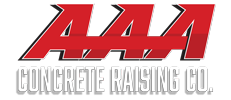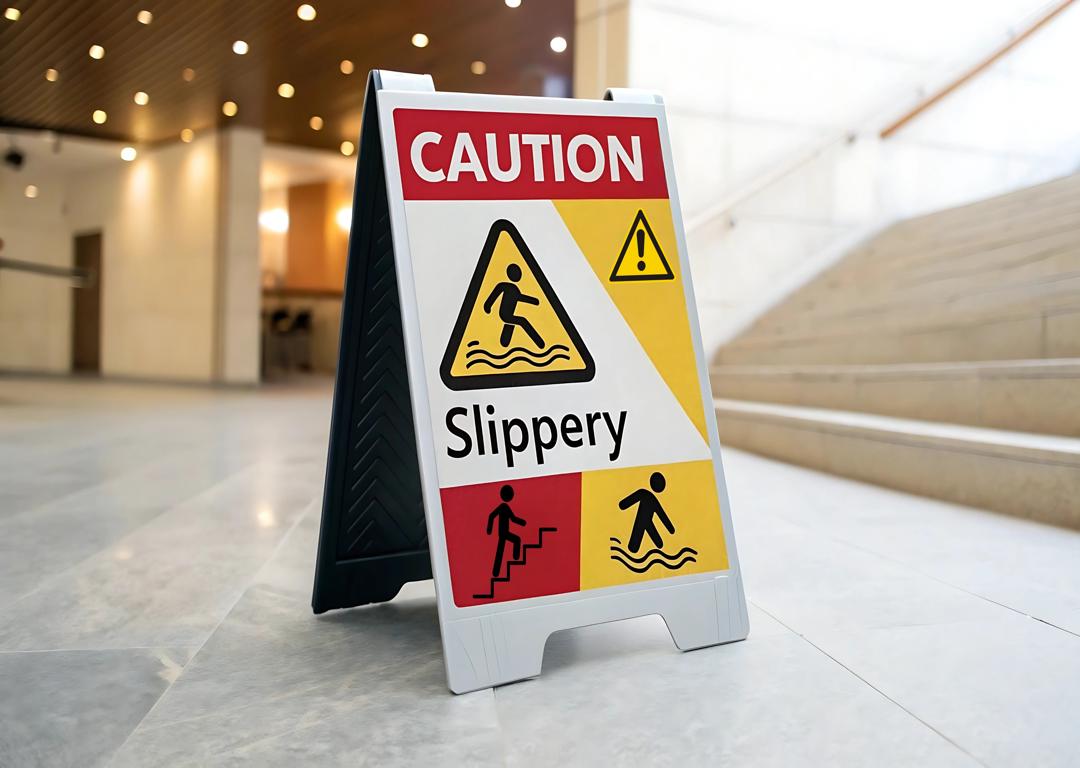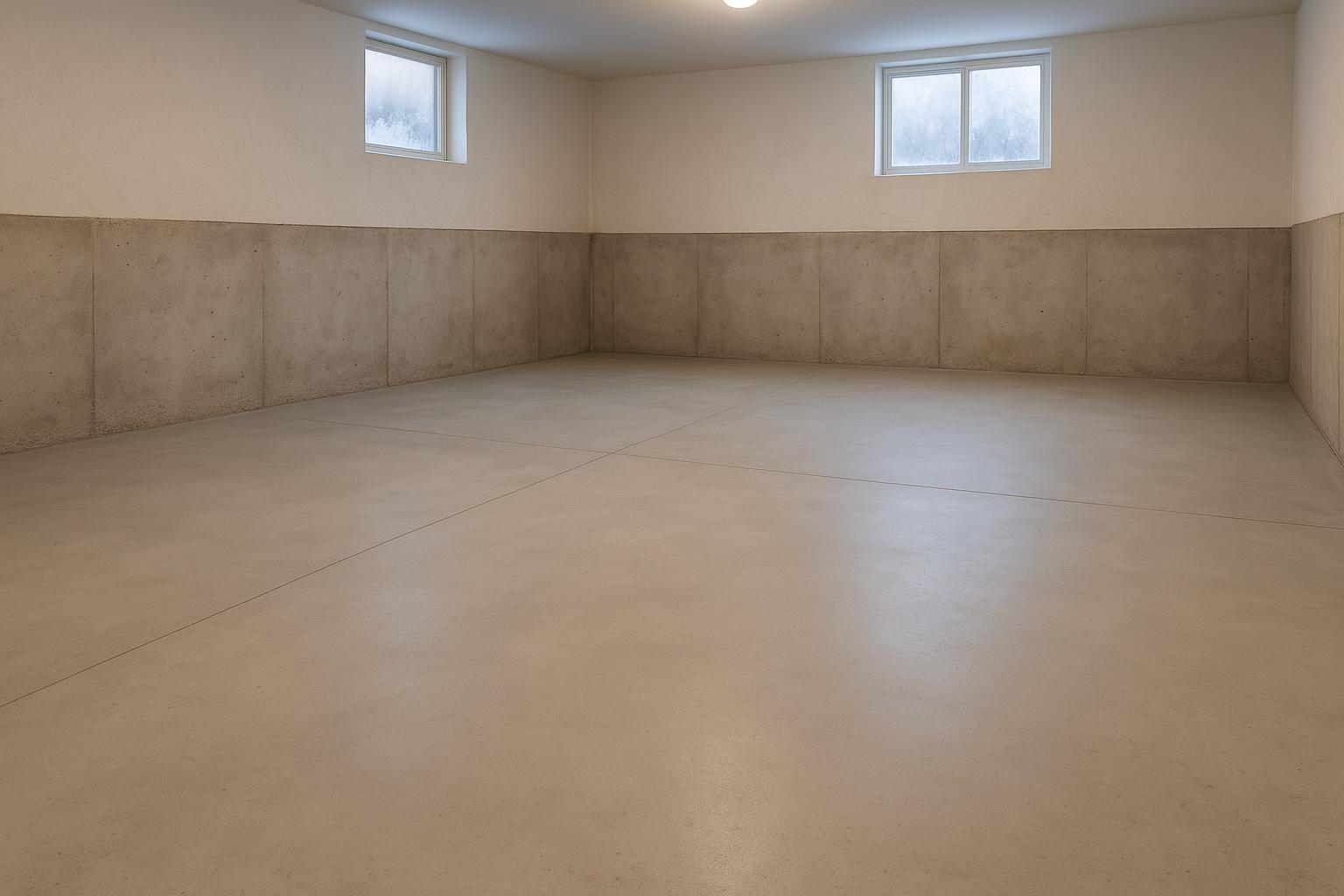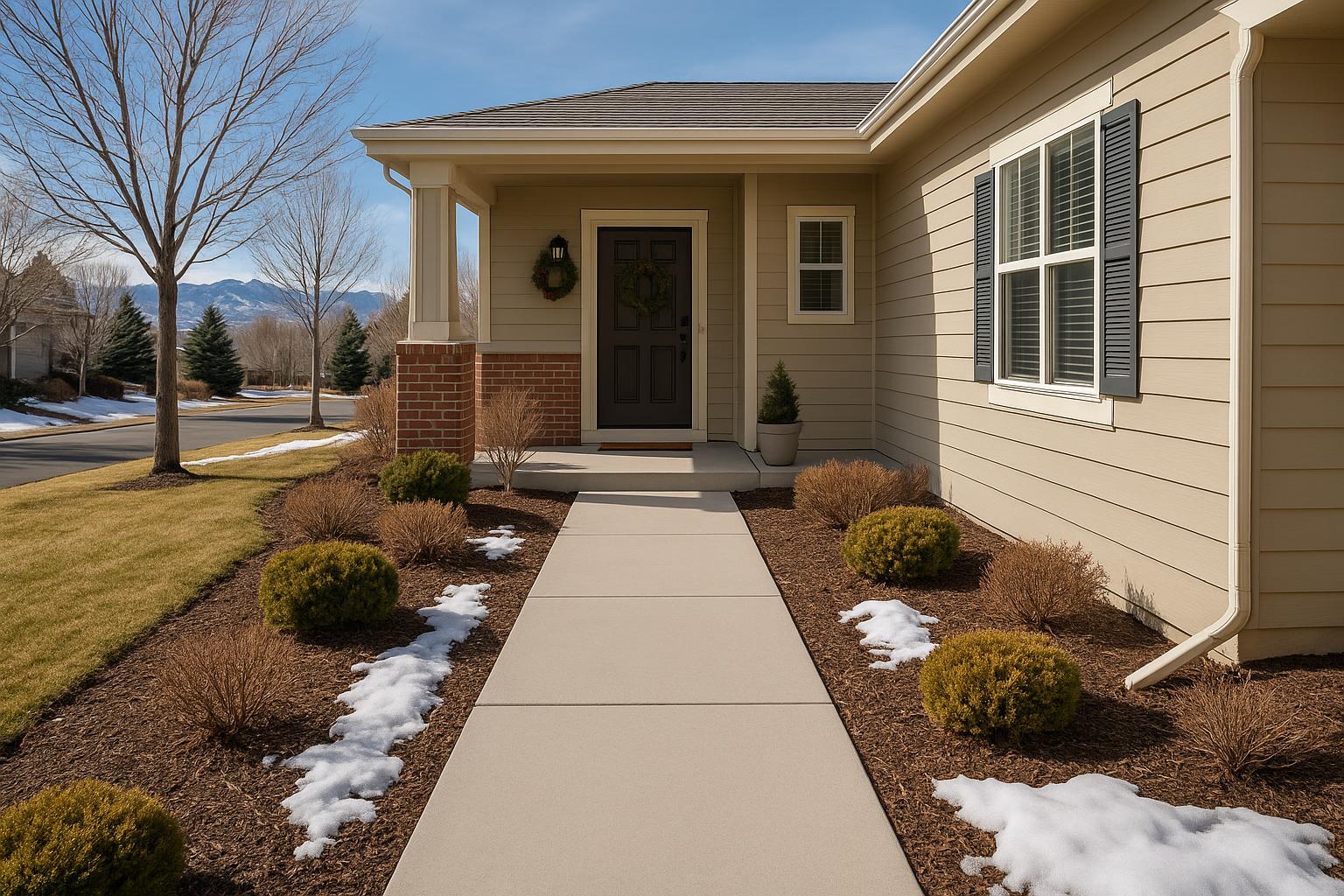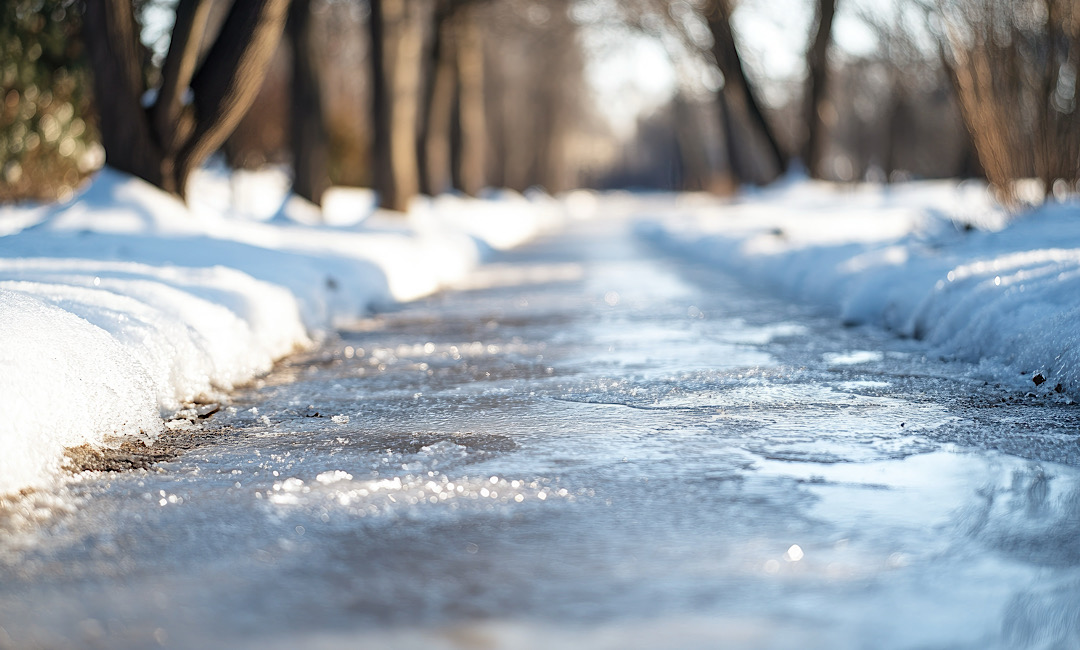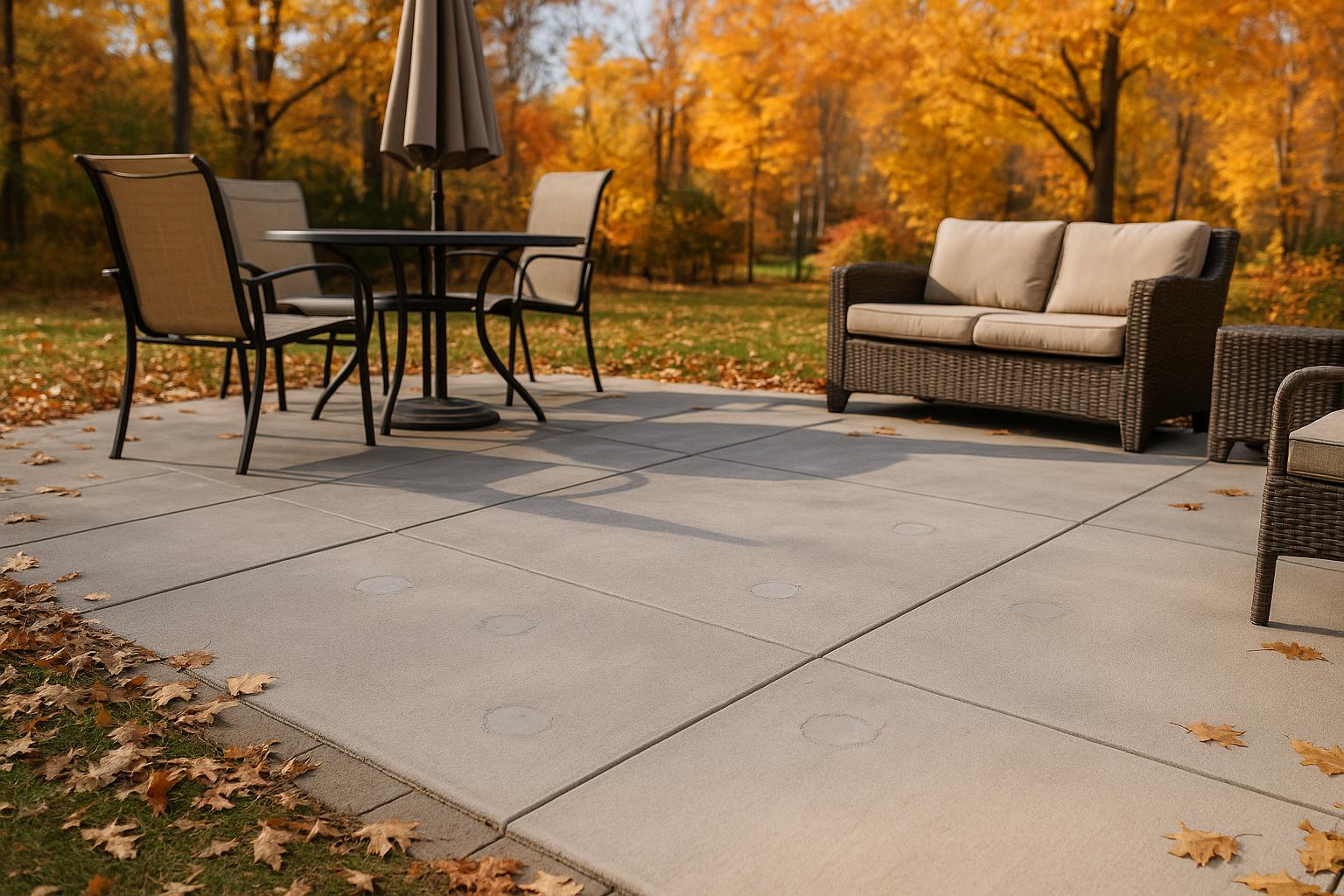Uneven concrete surfaces are more than just an aesthetic issue; they pose a serious safety risk for homeowners, businesses, and municipalities alike. A seemingly minor sidewalk crack or a misaligned driveway slab can lead to costly liability claims, severe injuries, and structural damage. Understanding the dangers of trip hazards and how to mitigate them through effective repair and maintenance is essential for ensuring safety and compliance with local regulations.
Understanding Trip Hazards and Their Risks
Trip hazards are defined as any abrupt elevation change or uneven surface that could cause pedestrians to stumble. These hazards commonly occur due to environmental factors, aging infrastructure, soil erosion, or improper concrete installation.
Common Causes of Trip Hazards
- Tree Root Growth – Expanding tree roots push up concrete slabs, creating uneven walkways.
- Soil Erosion and Settling – Rain, flooding, or ground movement can cause concrete slabs to sink or become misaligned.
- Freeze-Thaw Cycles – Water seeps into small cracks, freezes, expands, and causes the concrete to heave or crack further.
- Heavy Loads and Traffic – Consistent pressure from vehicles or foot traffic wears down concrete over time, leading to surface irregularities.
Potential Consequences
- Personal Injury and Liability Claims – According to the National Floor Safety Institute (NFSI), falls account for over 8 million hospital emergency room visits annually, making them one of the leading causes of injury in the U.S.
- Legal and Financial Implications – Property owners may be held legally responsible for trip-and-fall accidents that occur on their premises, potentially resulting in lawsuits and increased insurance costs.
- Structural Damage – Uneven concrete can accelerate wear and tear, leading to larger cracks, water damage, and the need for expensive full slab replacements.
Effective Trip Hazard Repair Solutions
Addressing trip hazards proactively can save time and money and prevent injuries. Several repair methods are available, each varying in cost, effectiveness, and longevity.
Concrete Leveling and Raising
One of the most effective methods for repairing trip hazards is concrete raising, also known as mudjacking. This technique involves injecting a material beneath the sunken slab to lift it back into place.
Benefits of Concrete Leveling:
- Cost-Effective – Concrete raising typically costs 50-75% less than full slab replacement.
- Minimal Disruption – Repairs can be completed in a few hours, with the area ready for use on the same day.
Concrete Grinding
Concrete grinding is another option that involves shaving down raised edges of slabs to create a smooth transition. While effective for minor trip hazards (under 2 inches), it is a temporary solution as it does not address the underlying cause of the problem.
Slab Replacement
For severely damaged concrete, full slab replacement may be necessary. However, this is the most expensive and time-consuming solution, requiring excavation, removal, and reinstallation.
Concrete Safety Tips for Property Owners
Prevention is the key to avoiding trip hazards. By implementing regular inspections and maintenance strategies, property owners can minimize risks and ensure pedestrian safety.
Regular Inspections and Maintenance
- Routine Walkthroughs – Conduct periodic checks of sidewalks, driveways, and walkways to identify cracks, uneven slabs, and potential hazards.
- Seal Cracks Early – Addressing small cracks with a quality concrete sealer prevents them from expanding into larger, more dangerous issues.
- Monitor Drainage Systems – Poor drainage can erode soil beneath concrete, leading to sinking or shifting slabs. Ensure gutters and downspouts direct water away from walkways.
- Tree Root Management – Install root barriers to prevent trees from lifting concrete slabs. Consider planting trees with non-invasive root systems.
Compliance with Safety Regulations
Many cities and municipalities enforce sidewalk safety regulations, requiring property owners to maintain hazard-free walkways. Failure to comply with these regulations can result in fines or mandatory repairs. Check with local authorities to understand your responsibilities.
Why Choose AAA Concrete Raising for Trip Hazard Repair?
AAA Concrete Raising specializes in professional, reliable, and cost-effective concrete leveling solutions for residential, commercial, and municipal properties. Our team of experts utilizes state-of-the-art equipment and industry-leading techniques to restore safety and functionality to your property.
Our Services Include:
- Sidewalk and driveway leveling
- Parking lot trip hazard removal
- Commercial concrete repair solutions
Protect your property from the risks of trip hazards today! Contact AAA Concrete Raising for a free consultation and keep your walkways safe for everyone.
